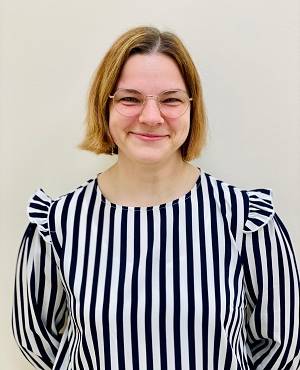Guide to an eye test
A typical eye test would include the following:
Recording personal details
This involves creating a confidential patient record file. Determining if you are entiltled and eligible for any NHS vouchers and/or company promotions.
Focimetry
If you currently wear spectacles this will tell us your optical habitual status. We use a special instrument to give a measurement of your old spectacles.
Visual Field Test
The patient sits in front of a concave dome with a target in the centre. The eye that is not being tested is covered. A button is given to the patient to be used during the exam. The patient is set in front of the dome and asked to focus on the target at the centre. A computer then shines lights on the inside dome and the patient clicks the button whenever a light is seen. The computer then automatically maps and calculates the patient’s visual field.
Discuss the reason for your visit
The optometrist will aim to understand the main reason for your visit.
It may well be a recall appointment which you have periodically. The optometrist will try to establish if you have any specific problems with your eyes and vision.
Sometimes your GP may advise you to get your eyes tested. Special demands on your eyes created by work environment and hobbies may also need to be addressed. The optometrist also wants to know about your general health and any systemic medical conditions in your family, such as diabetes.
Checking your vision
You will be asked to read letters on a chart. For those who are not able to read or have a language barrier, there are other tests such as identifying pictures, numbers or matching drawings.
External eye assessment
An examination of pupilary function includes inspecting the pupils for equal size, regular shape, reactivity to light, and direct and consensual accommodation.
A swinging-flashlight test may also be desirable if optical nerve damage is suspected. The swinging-flashlight test is the most useful clinical test available to the practitioner for the assessment of optic nerve conditions and anomalies.
Motility
Ocular motility tests the movement of the extraocular muscles, which inturn are innervated by different cranial nerves.
Refraction
Objective refraction, such as retinoscopy is a procedure for examining the eyes for possible errors of refraction. The examiner shines a light into the eye through the pupillary opening and notes the movements of reflex from the fundus, which will vary with the type of refractive error. The movements indicate the types of lenses needed to neutralize the refractive errors.
Subjective refraction, such as binocular refraction is a clinical procedure in which the subjective measurement of refraction of each eye is performed while both eyes are viewing a test. The visual examination is thus carried out under more natural conditions than when one eye is closed; the sizes of the pupils are similar and the accommodation-convergence relationship is maintained.
Internal eye assessment
Ophthalmoscopy is the examination of the interior of the eye through the pupil with an ophthalmoscope. The appearance of the optic disc and retinal vasculature are the main focus of examination during ophthalmoscopy. Anomalies in the appearance of these internal ocular structures may indicate eye disease or condition.
Volk Lens is a method of fundus biomicroscopy: Observation of the fundus of the eye with a biomicroscope. It requires an additional, usually hand-held, lens (+90 D, +78 D, +60 D, etc.) placed between the patient’s eye (with the pupil usually dilated) and the slit-lamp, which is adjusted to be coaxial with the eye.
Tonometry
The measuring of intraocular pressure by determining the resistance of the eyeball to indentation by an applied force. Several kinds of tonometers are used. The air-puff tonometer, which does not touch the eye, records deflections of the cornea from a puff of pressurized air. The applanation tonometers such as Goldmans and Perkins, record the pressure needed to indent or flatten the corneal surface. Applanation tonometry at the slit lamp is considered most accurate.
Final prescription
Finally your eye test results and your eye health is discussed with you.
Any changes in your prescription will be explained to you. Your optometrist will explain whether you need glasses, contact lenses or if there is a need to refer you to carry out further investigation. Example of some final prescription conditions could be:
- Myopia
- Hyperopia
- Astigmatism
- Presbyopia
- Amblyopia
- Diplopia
- Strabismus



Open 6 Days a Week
Mon – Sat 9.00am-5.30pm, excluding bank holidays
In house laboratory
1 hour glazing & Repair services
Opthalmic Practice
Licensed designer frames
Trained Technicians
Repair Services
Repairs and Adjustments
Free adjustment services
Warranty
One year manufacturer Unlimited laboratory
Meet Our Doctors
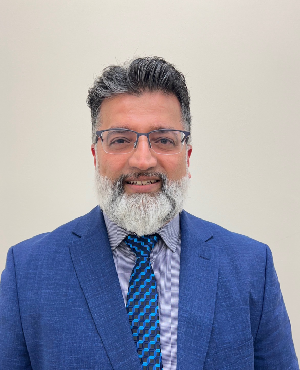
Abdul Riaz McOptom FBDO Bsc Hons
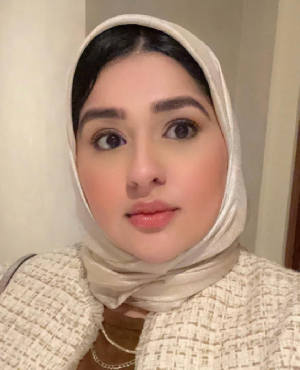
Ammarah Riaz
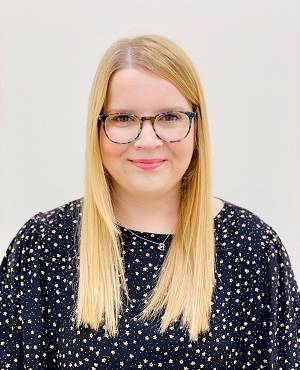
Ellie-Rose Billing
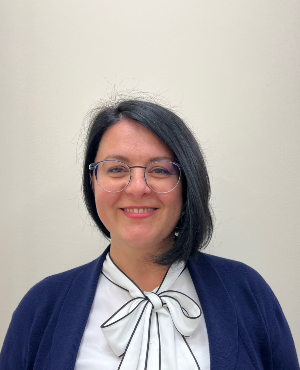
Corina Paun
